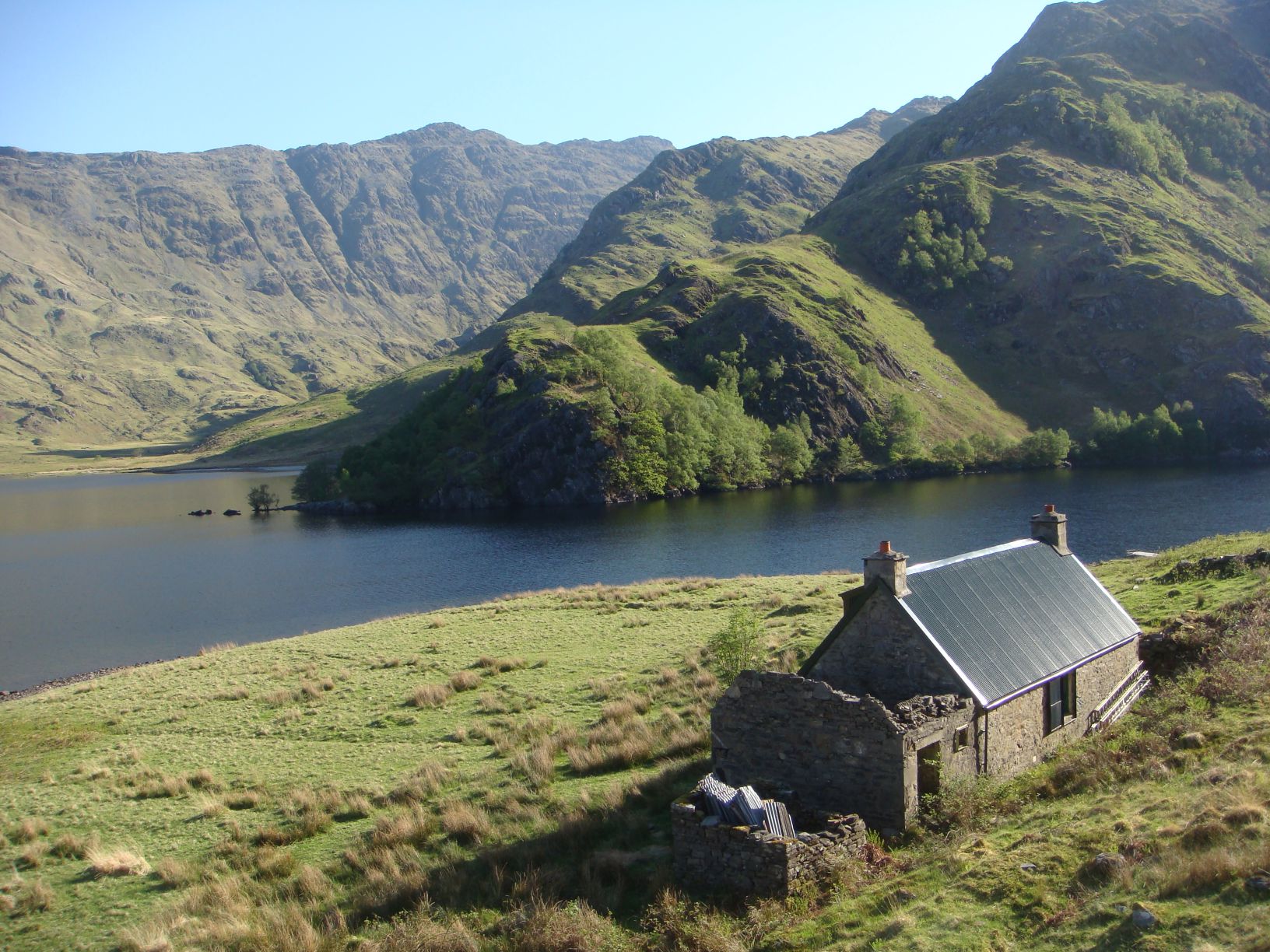
The word ‘bothy’ is one nestled deep in the hearts of all who have ever spent the night in one of the stoney mountain refuges in remotest Scotland. Bothies inspire thoughts of rolling hills, of rampant views and rugged Celtic wilderness. But sadly for some, they also now conjure up thoughts of abuse and misuse, and contrastingly for others, of elitist gatekeeping.
Bothies are simple structures. Open for all to use and scattered across Scotland, they’re usually just a shell of a building – an old croft or hut. They’re often referred to as “stone tents”. There are mostly no toilet facilities, other than a spade which has seen a few things in its time. And it’s your responsibility to bring your own equipment and sustenance along for the night.
They could no longer be kept secret. If you searched on the internet you could already find information about bothies everywhere. But in many places that information was inaccurate.
Far from a holiday home, the emphasis is on self-reliance, and the beauty is based on the idyllic concept of a roof free for all, in a far-flung location and only accessible via wilderness walks or strenuous hiking. There’s always room for one more person and no trace will be left behind.
But recently, bothies have been making headlines for reasons which juxtapose these values. In 2016 the BBC published a “plea to keep mountain bothies free of rubbish” from the Mountain Bothies Associaton (MBA), a maintenance charity who look after over 100 bothies. In September 2018 “ignorant yahoos” vandalised a bothy in the Cairngorms. And in July 2019, The Times published a piece entitled “Bothies trashed as party louts go wild“.
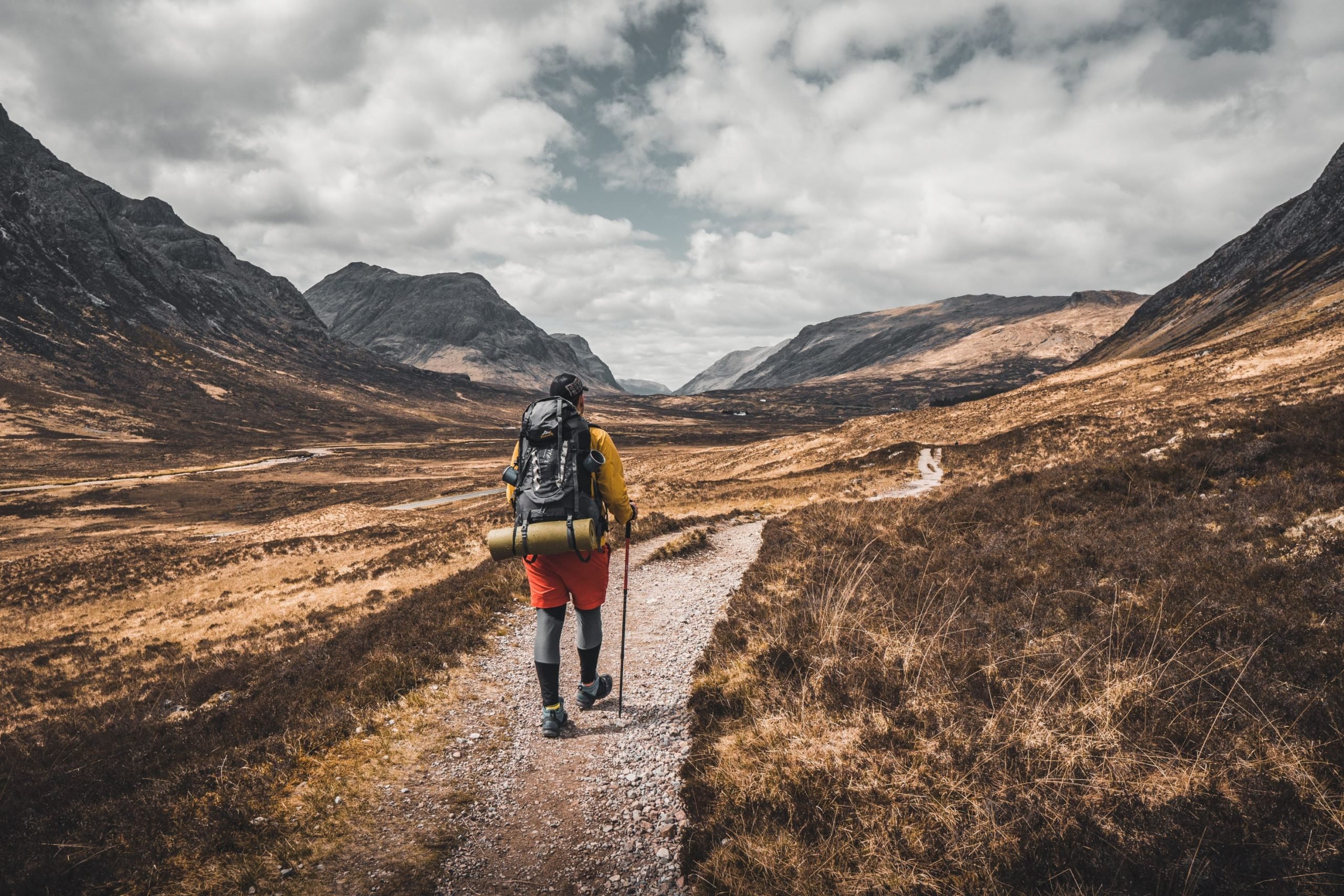
The latter article told a story in which Police Scotland states: “We are aware of a report that genuine hillwalkers were prevented access to a bothy full of revellers. They were forced to continue on in bad weather and subsequently had to be rescued off the hillside.” Alongside their statement came the announcement that, in conjunction with the MBA, and several other organisations, Police Scotland were launching ‘Bothy Watch’, a programme to “promote sustainable and safe use of the bothies… [and] educate the new generation of users on the proper etiquette surrounding their use in order to reduce potential for anti-social behaviour.”
So just how severe is the situation? We called up Neil Stewart, Publicity Coordinator for the Mountain Bothies Association, to talk about Bothy Watch and the state of bothies today.
Bothy watch
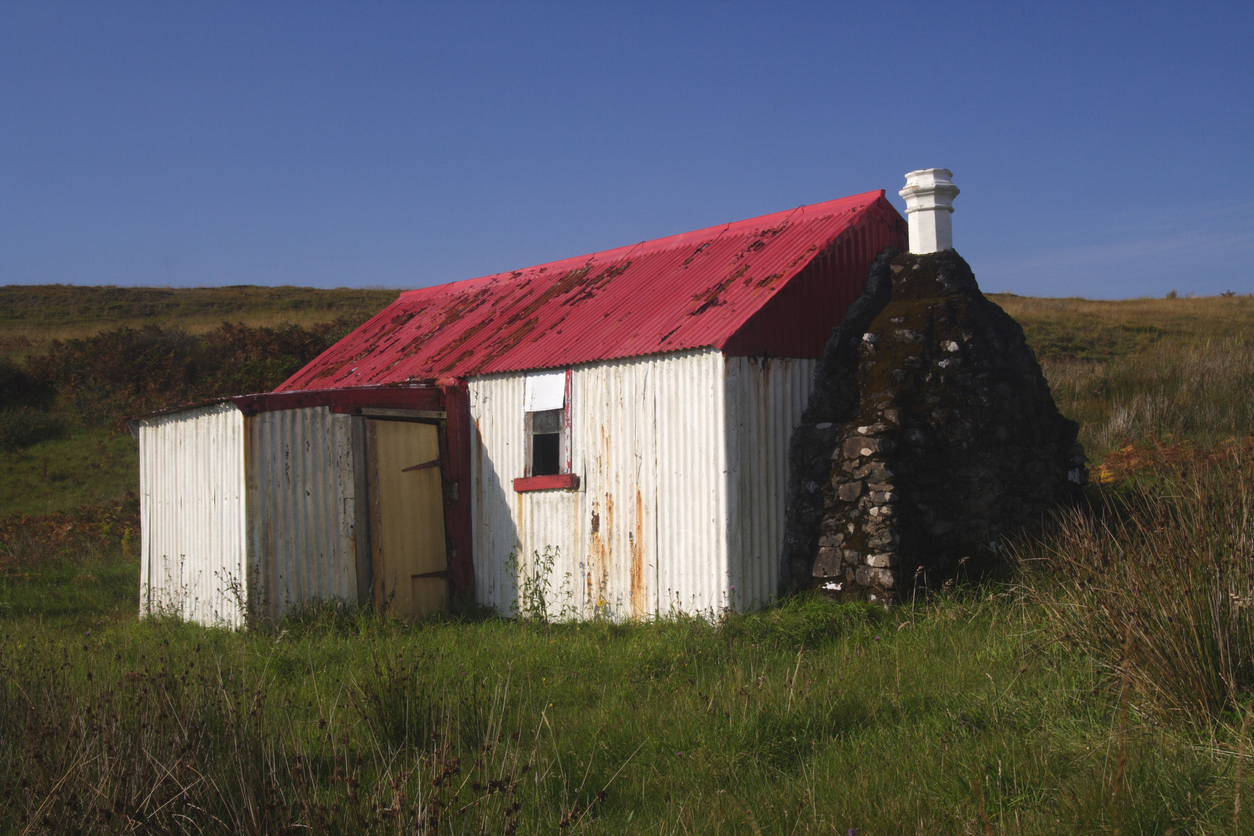
“Bothy Watch is specific to the South of Scotland area, where there have been occasional but persistent problems with vandalism at bothies,” says Neil, who, like everyone at the MBA, works as a volunteer. “Police Scotland were concerned that the selfish behaviour we sometimes see at bothies could lead to unhappy outcomes.

“At some bothies, we’ve had people driving on forest roads, taking with them large quantities of drink and spoiling the experience for other people who had turned up there just for a quiet night out. Some people seem to think there are no laws when it comes to trespassing and that you can take your vehicle anywhere. That’s not the case. It’s actually a criminal offence.
It’s not a bothy problem, it’s a societal problem.
“So the police have reminded everybody by way of notices and publicity that it is illegal, and that the law extends to bothies just as it does everywhere else. They’ll be keeping a watch on the bothies to ensure this sort of behaviour is reduced. It really is about education.”
Neil is keen to emphasise that the scheme is purely in southern Scotland and that by and large, the majority of bothy users remain respectful of the “Bothy Code”, which hangs in every MBA bothy and spells out the spirit – respect other users, the bothy, the surroundings, the Estate and the size limitations (groups of six or more are advised against using a bothy).
A decade online
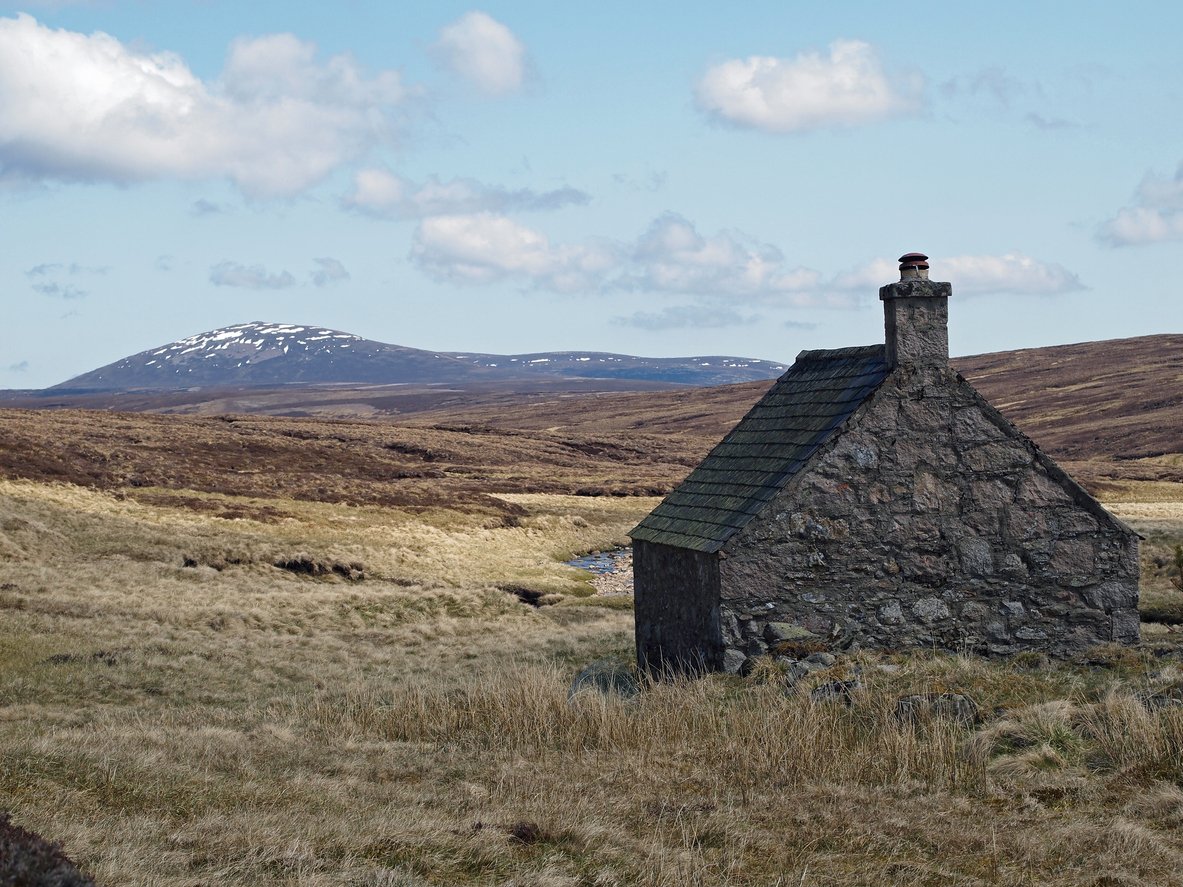
Until 10 years ago, bothy locations were not immediately accessible, and they could only be stumbled upon in the hills or learned of by word of mouth. They were a badly-kept secret. So it was mostly only experienced hillwalkers who used them. It wasn’t until the MBA put the location online in 2009 they became public knowledge. Author Geoff Allan then published their locations in The Scottish Bothy Bible in 2017. It’s been a controversial topic. Some condemned the (widely popular) book for commercialising bothies. The MBA meanwhile received a series of anonymous letters in 2018 urging them to remove the locations from their website.
A quick scroll through the Amazon reviews of the book will show a vast mix of praise and anger, to the extremities of reviews titled “disgusting”, “ruinous” and “selfish opportunist”. These types of criticisms have become almost as certain as the midges in Scotland on any article daring to suggest people visit bothies – but tellingly, they’re still a minority. The book has an 83% five-star rating overall.
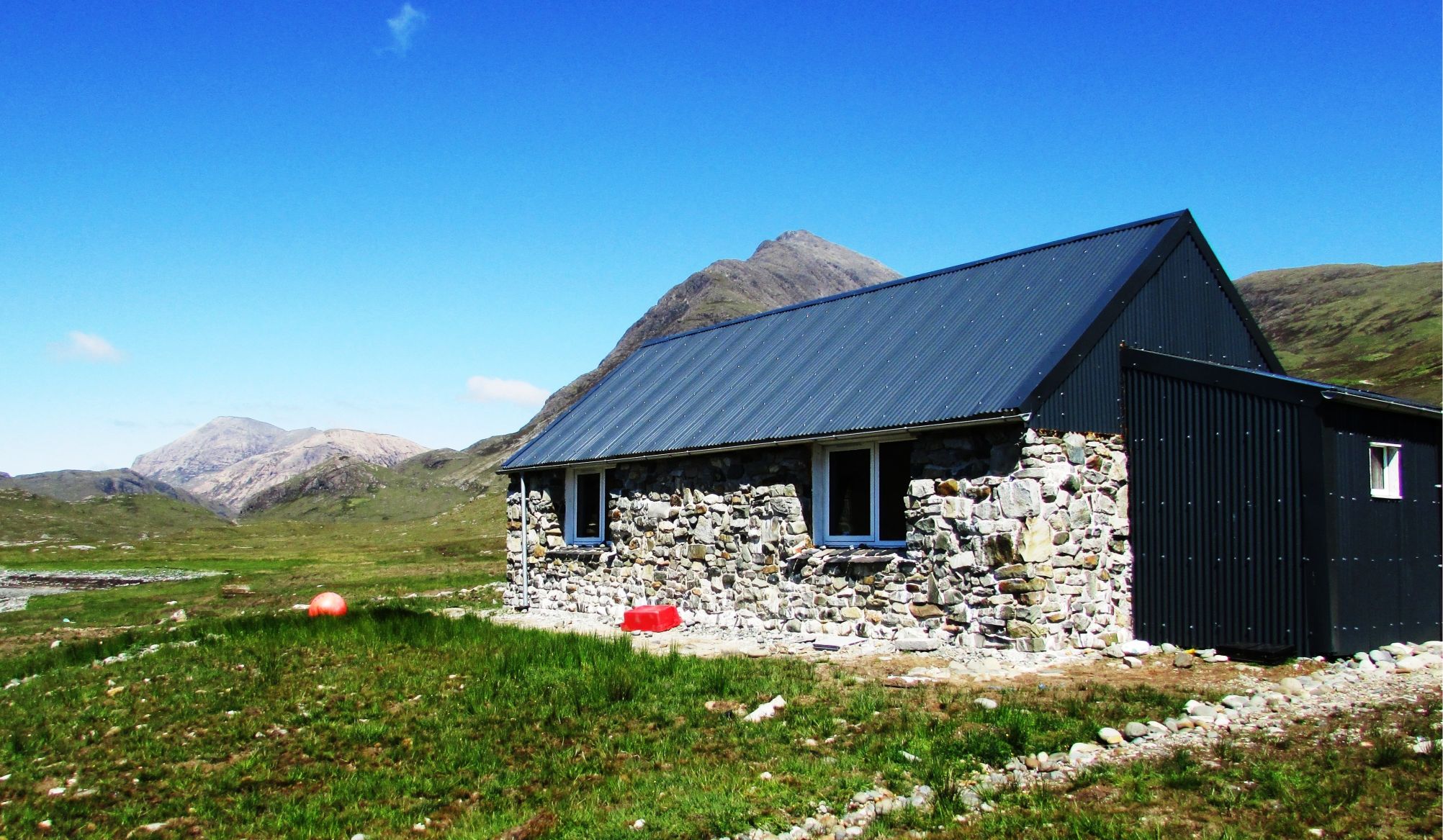
Critics say revealing the location of bothies has led to more stag parties and misuse, and could ultimately lead to landowners who own the bothies (and allow them to be used as such) revoking their permissions for use. Others argue that this is quite an elitist reading of a concept, in bothies, which was born out of goodwill and designed, at its core, to benefit all who wish to use them.
Neil and the MBA fervently disagree that any bothy misuse is down to their locations being available online.
“There have been, from the birth of time, problems with litter and inappropriate toilet practises at bothies but that is a societal problem rather than a bothy problem,” says Neil.
“I don’t think it [has anything to do with the locations being online]. Long before bothies were on the internet there were problems of minor vandalism and littering and toileting. It’s happened everywhere in the countryside. The example I always give is Loch Lomond and the Trossachs National Park, who 18 months ago banned wild camping because exactly this sort of thing was happening. So it’s not a bothy problem, it’s a societal problem.

“Education is our way of tackling that. You do still get small incidents of vandalism at bothies and of people who turn up for a wild night and stopping other people getting in. But it doesn’t happen very often, and it tends to only happen at the more easily accessible bothies.”
The worst-kept secret in Scotland
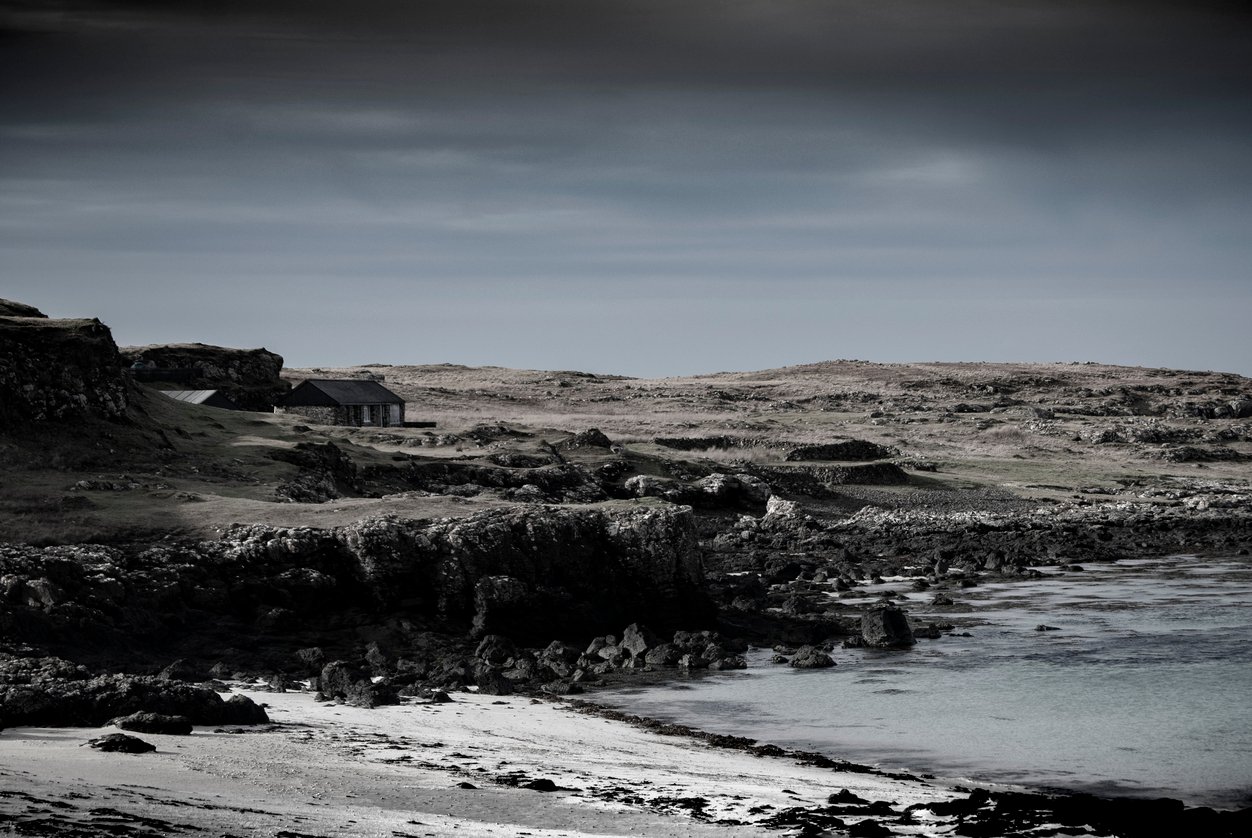
It was in 2009 that the Mountain Bothies Association themselves decided to put the location of bothies online. The organisation has been going since 1965. So, I ask Neil, why release them after all those years?
“They could no longer be kept secret,” he says. “If you searched on the internet you could already find information about bothies anywhere you chose. But in many places and on many sites, that information was inaccurate. We took the view that it was essential that we actually put out accurate information about where the bothies were and how to use them – because people would find out about them anyway. So it was far better that they found out about them from our website, where they could also learn about how to use bothies properly.
“And the other factor, of course, is that we are a registered charity. We are taking money from the public and we have to tell them what their money is being spent on. We don’t believe that putting this information on our website has lead to any great increase in the misuse of bothies.
“Bothies are available for everyone. And there really is no case for keeping them secret.”
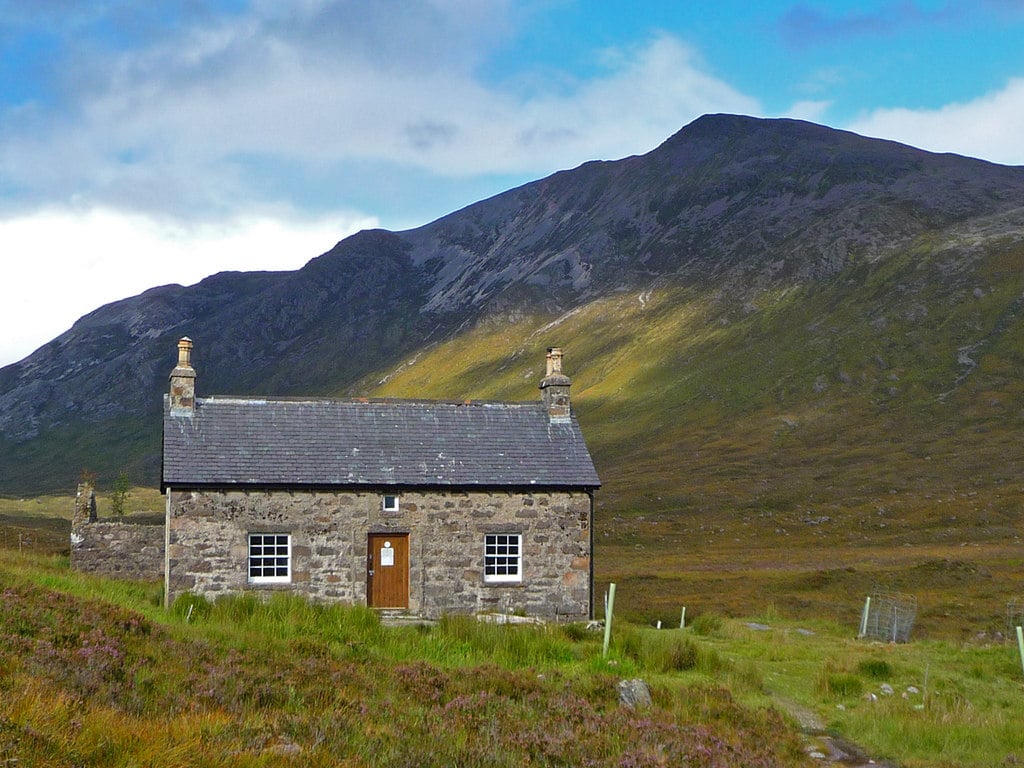
Neil says there’s no better place for first-time bothy users to learn the essentials than the Mountain Bothies Association website. “We explain bothies, how to use them, what we do and about our work maintaining bothies,” he says. And to the idea that bothies are in crisis, in light of the announcement of Bothy Watch?
“It’s complete nonsense,” says Neil. “The MBA is in great heart. We’re looking after more bothies than we’ve ever done before and any talk of crisis is just nonsense.”
He points me in the direction of the MBA’s 2018 annual report, which came out at the start of August 2019. Sure enough, the past year saw the Mountain Bothies Association take over responsibility for the maintenance of the Garbh Choire refuge hut in the Cairngorms, increase their membership by 18%, and spend 30% more, over £108,000 in total, on bothy maintenance, which was carried out entirely by MBA volunteers.
If you are worried about bothies, Neil says the best thing you can do is to join the Mountain Bothies Association, get involved in a volunteer work party and help them maintain the bothies, and educate others. He concludes with a reminder again of the key fact about the shelters: “bothies are for everyone”.
For more information on the Mountain Bothies Association head to their official website.


